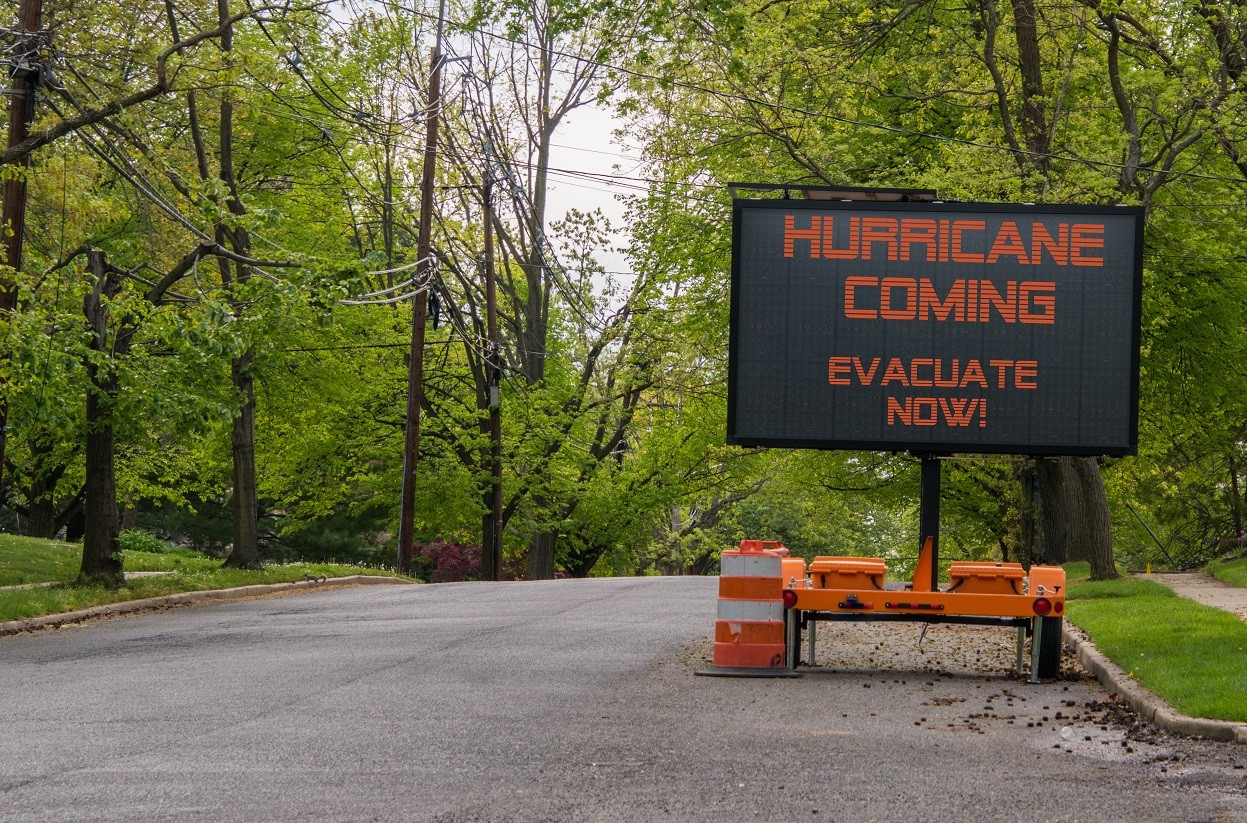
FEMA Shares How to Prepare Your Home and Family for a Hurricane
The 2025 Hurricane Season is gearing up to be intense. Already, forecasters are predicting 11 named storms with potentially four or more major hurricanes. The

The 2025 Hurricane Season is gearing up to be intense. Already, forecasters are predicting 11 named storms with potentially four or more major hurricanes. The
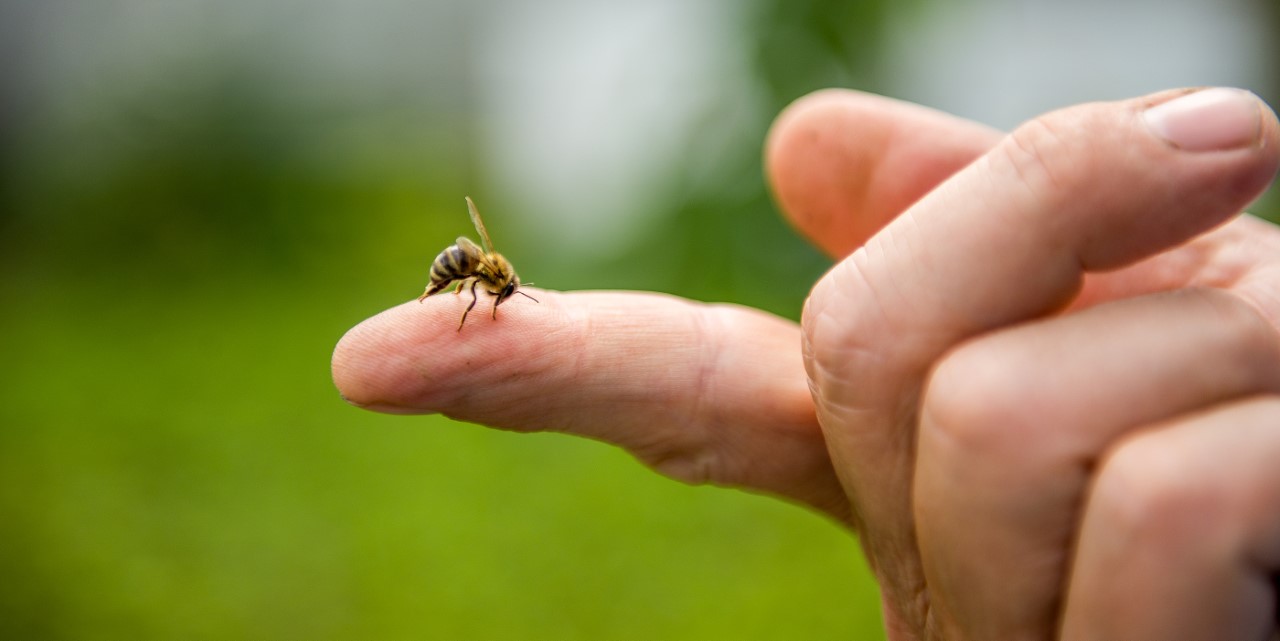
“Every man for himself!” is the battle cry of one of our VP’s sisters when it comes to bees. If you’ve ever been stung by
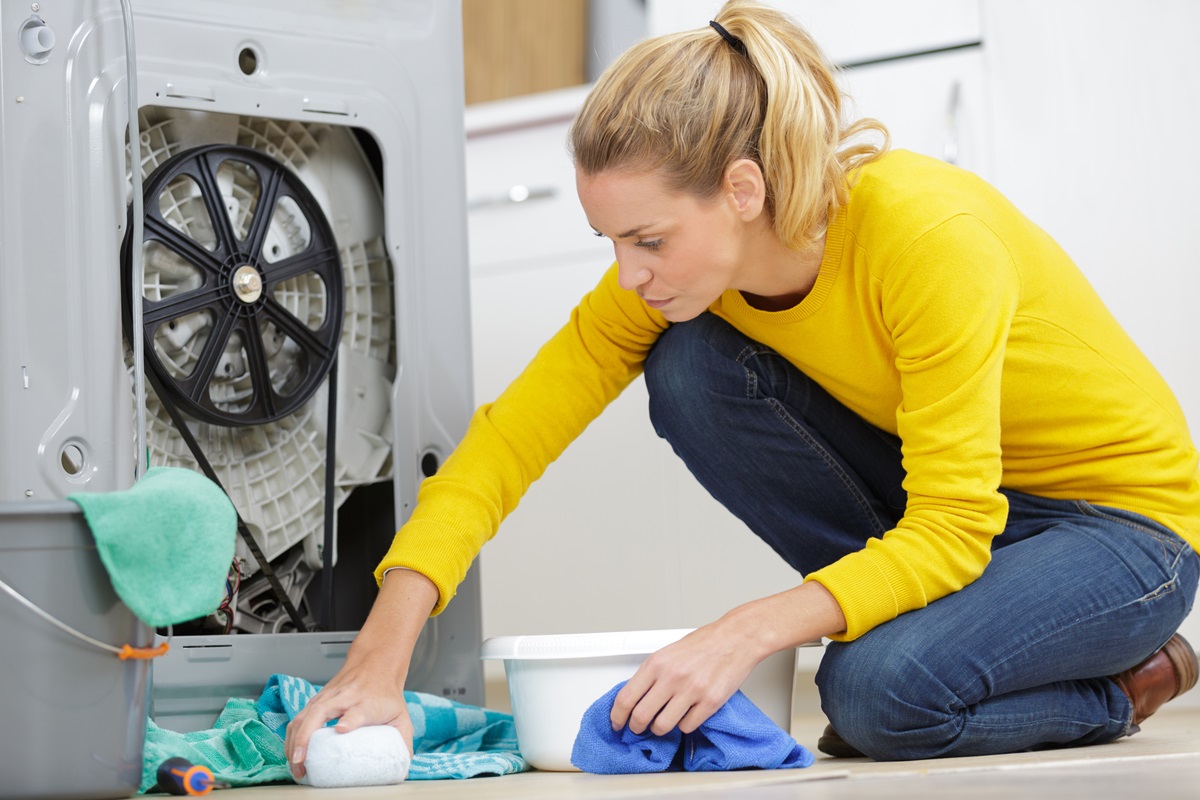
Last year was a record-breaking year for recalls. More than 1 billion units of food, drugs, medical devices, automobiles, and consumer products were recalled in
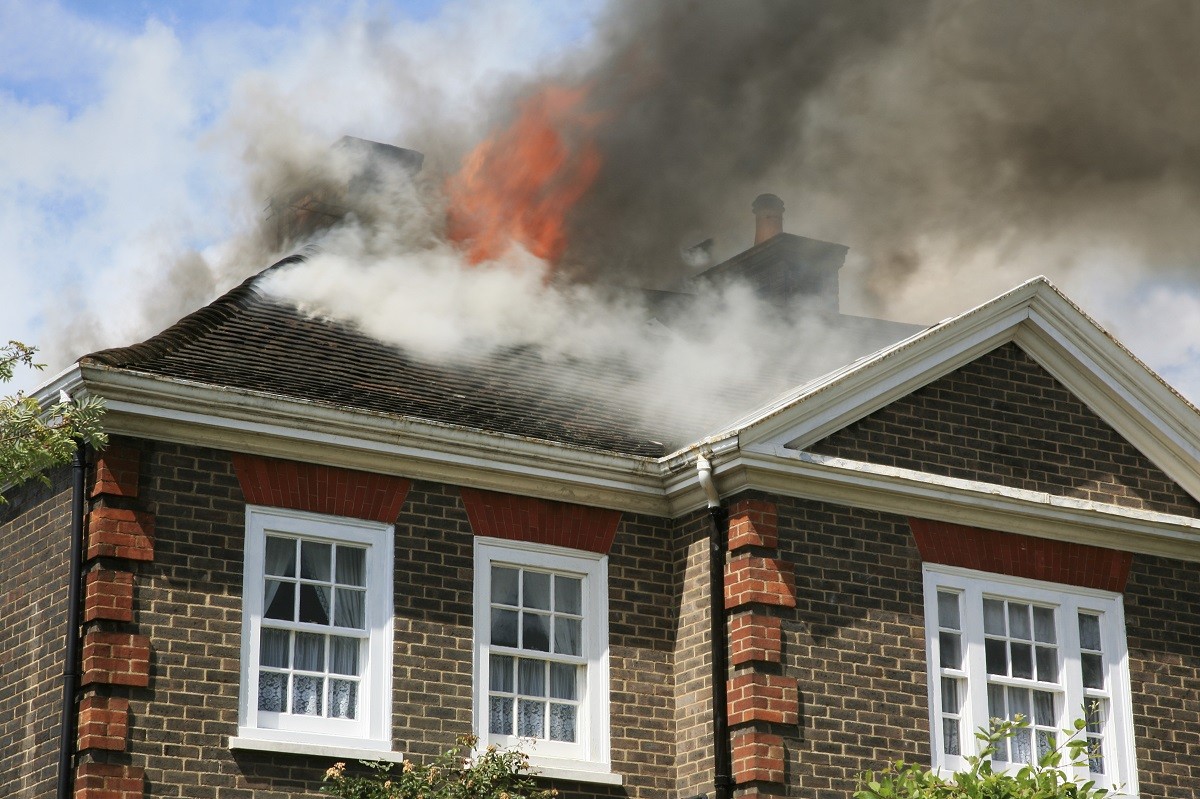
In the unfortunate event of a home fire, you may have less than two minutes to escape your home safely from the time your smoke
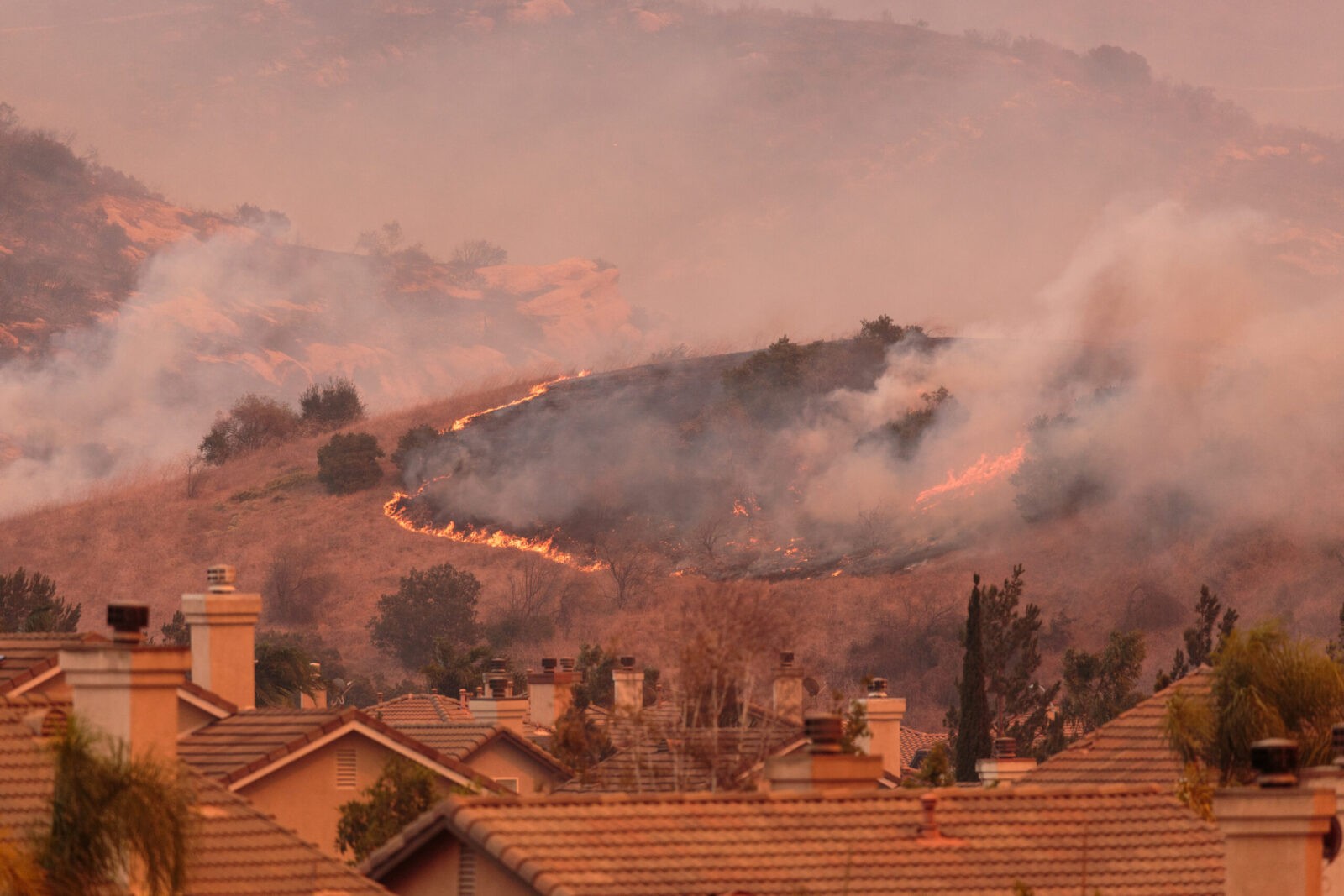
This summer, Canadian wildfire smoke spread across the U.S. and engulfed more than a third of our country’s population. While this may have been an
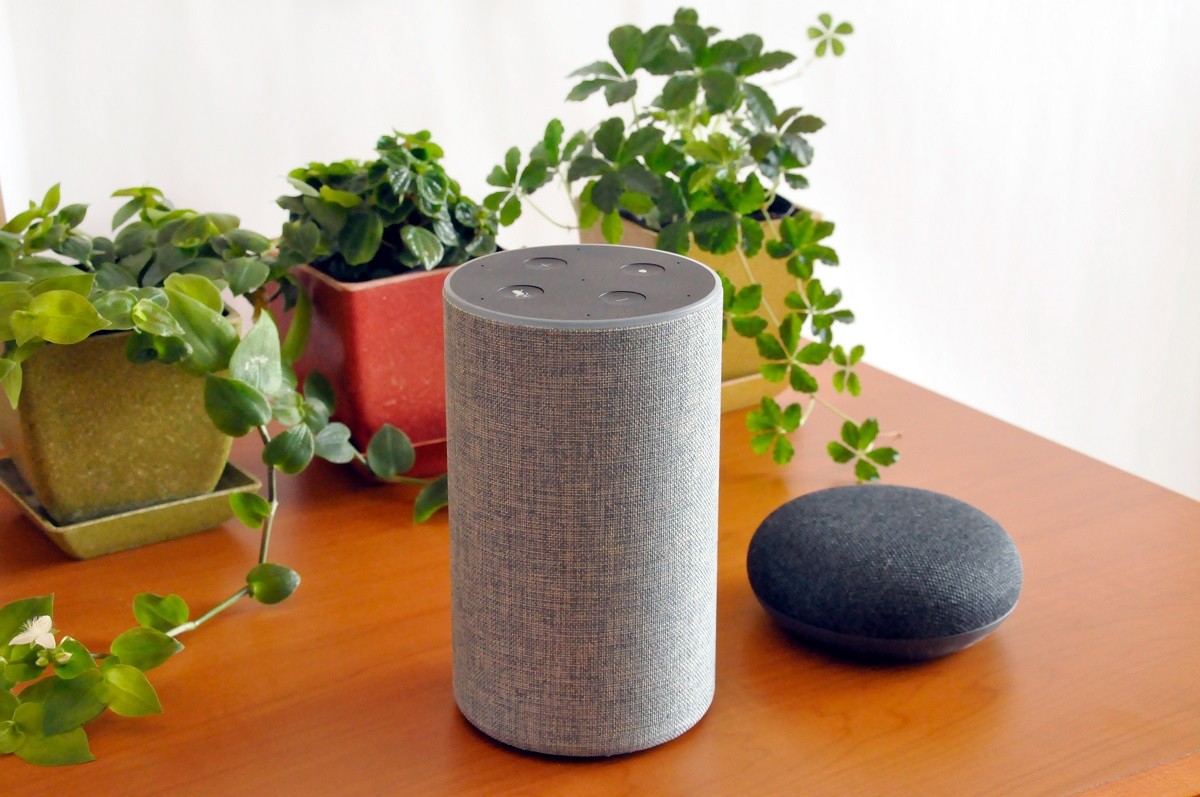
The average American home now has 20.2 connected devices inside of it, and by 2025, the number of smart homes in the U.S. is expected
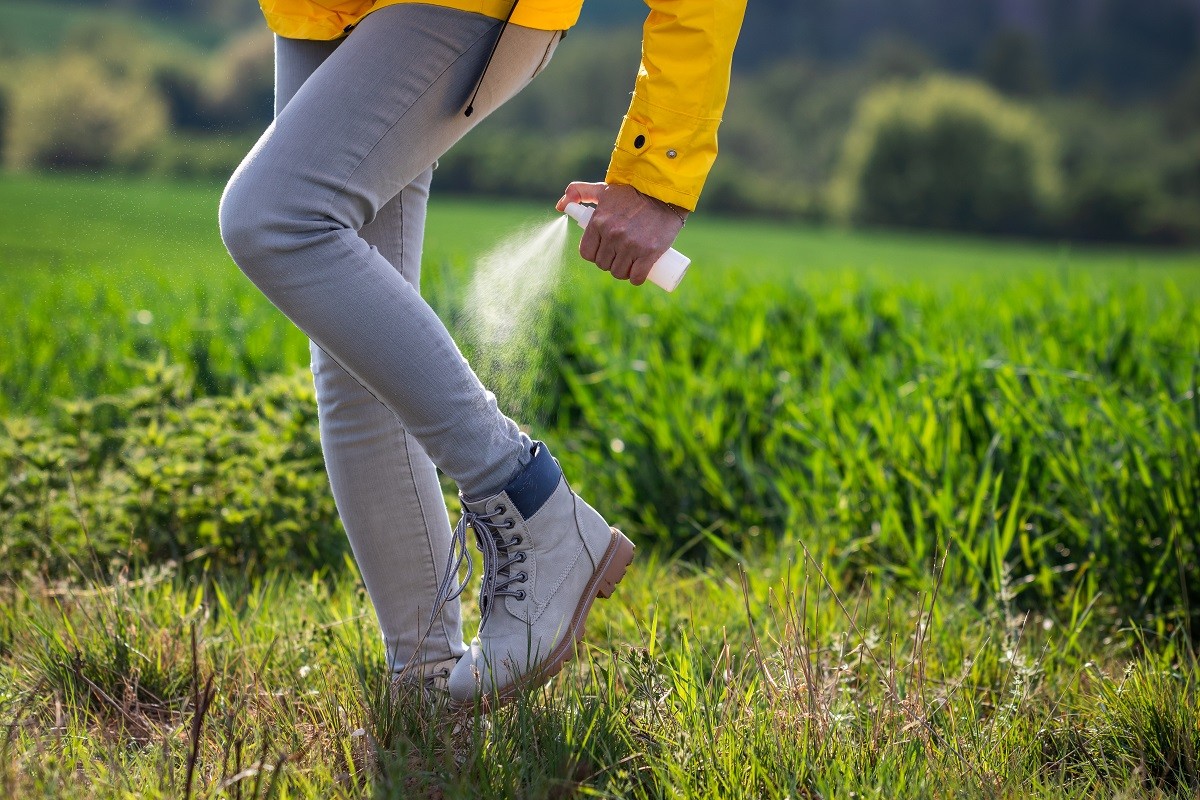
Ticks, bedbugs and squirrels – oh, my! And those are just three of the pests that look for a way inside your home. To find

Here in the U.S., we have some of the safest drinking water in the world, but unfortunately, not everything that comes out of your tap
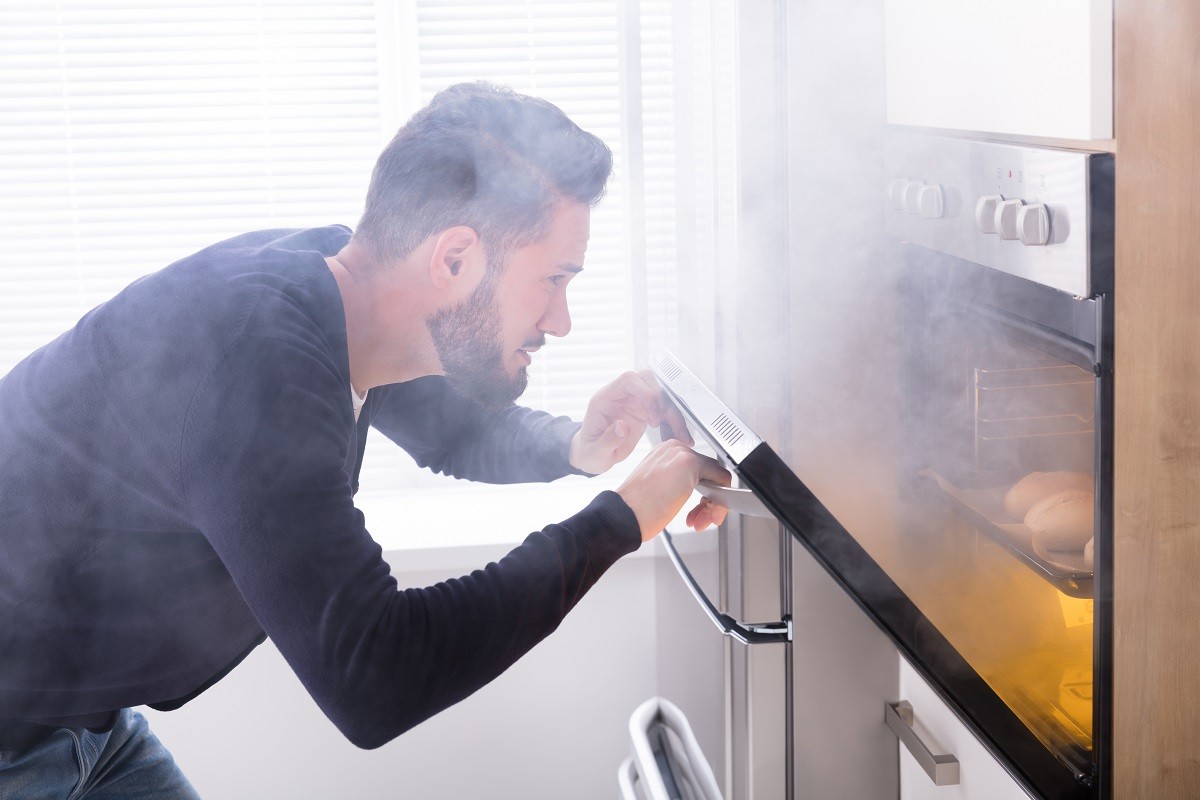
Cooking is the number one cause of home fires and home fire injuries, and the second leading cause of home fire deaths. Since most cooking fires happen

Do you have more than three computers in your home? According to the Cybersecurity & Infrastructure Security Agency, one of those computers has malware on
Copyright 2025 vipHomeLink Holdings, Inc. – All Rights Reserved | Patents Pending